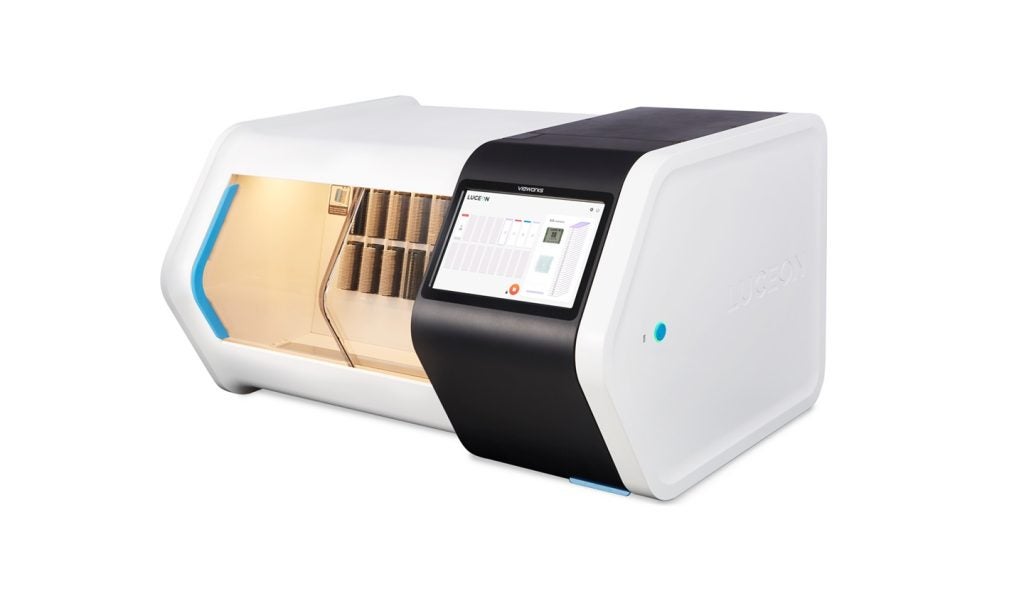Bioimaging solutions provider Vieworks has introduced its Luceon 510 scanner, a digital pathology scanner.
The Luceon 510 scanner boasts a unique three-camera structure, offering four distinct imaging modes tailored for various applications, including histopathology and cytology slides.
The three in-house-developed Vieworks cameras capture three focused images simultaneously, maintaining scan time and data size on par with single-camera systems.
One of the features of the Luceon 510 is its trifocal layer merge mode, which captures and merges three separate images in real-time.
This process yields a fusion image with the sharpest pixels from each layer, offering an alternative to traditional Z-stack methods.
The trifocal layer merge Z-stack mode leverages the scanner's three-camera setup to acquire images three times faster and with a third of the image size compared to conventional Z-stack.
Furthermore, the Luceon 510 can hold up to 510 slides, with its patent-pending compatibility adapter accommodating both 30-slide and 20-slide racks.
It boasts a scan speed of 30 seconds per slide, enabling it to process up to 83 slides per hour.
The high-speed slide scanner is being unveiled at the European Congress of Pathology (ECP) 2024 in Florence, Italy, which took place from 7 to 10 September.
Last year, Vieworks introduced the slide scanner 'LUCEON' to tap the growth in the diagnostic equipment market.
Vieworks' LUCEON ultra-fast digital pathology scanner reconstructs glass tissue slides into high-resolution Whole Slide Images (WSI).
The technology enables semi-permanent storage of patients' tissue slides, thereby reducing space constraints and increasing the diagnosis’ accuracy through consultation and telemedicine.









